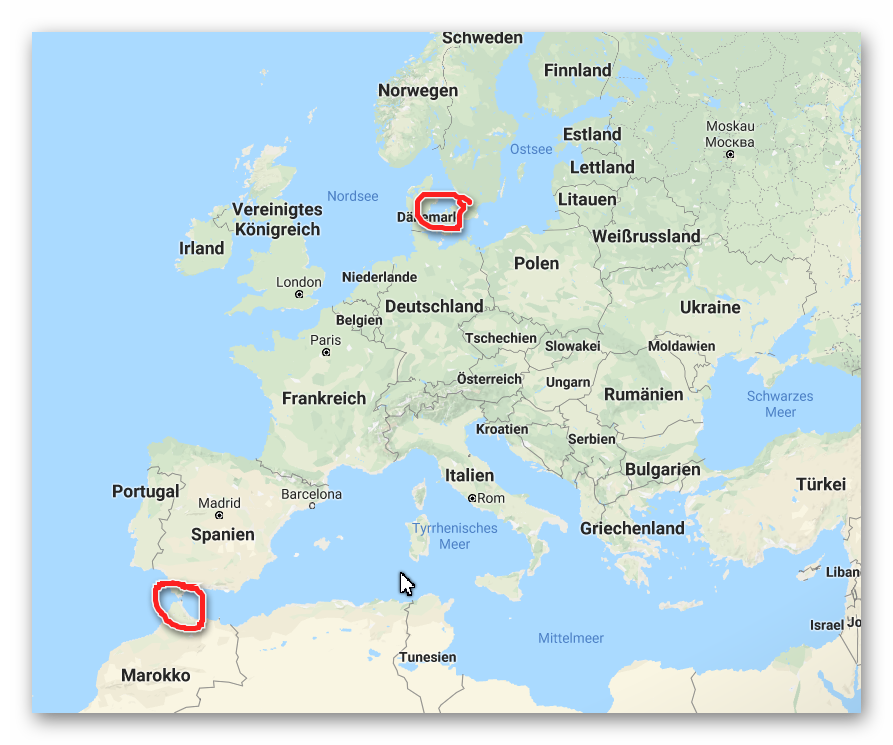[vc_row][vc_column][vc_column_text]It is already common knowledge that the moon influences life on earth in different areas. It is also known that there are ebb and flow in the North Sea, which are caused by the gravitational pull of the moon and the centrifugal force on the earth. Now many people are wondering whether there are tides or ebb and flow in the Mediterranean or in other seas and lakes such as the Baltic Sea.[/vc_column_text][vc_message]
The answer to whether there are tides in the Mediterranean Sea is:
Yes there is ebb & amp; High tide in the Mediterranean but these are only minimal compared to the tides at the North Sea. The sea level sinks and rises by only a few centimeters on most of the coasts. The difference is greatest at Venice (100cm), Trieste (120) cm & amp; the Gulf of Gabès (200cm). On most of the other shores of the Mediterranean, sea levels rise and fall by less than 10 cm.[/vc_message][vc_column_text]
Why is the sea level not rising and falling in the Mediterranean as it is in the North Sea?
If you look at the North Sea, the Baltic Sea and the Mediterranean Sea on the map, you will find the main reason why there are barely noticeable tides in the Mediterranean Sea and the Baltic Sea, while in the North Sea the water goes back strongly every 6 hours and again comes.

The North Sea is freely connected to the Atlantic. Therefore, the large masses of water come within a few hours and can flow there again. The attraction of the moon and the centrifugal force of the earth ensure that every 6 hours large masses of water flow from the North Sea into the Atlantic and then come back again.
The Baltic Sea and the Mediterranean Sea, however, are sealed off by straits
The Mediterranean is connected to the Atlantic by the Strait of Gibraltar (marked in red on the map) and the Baltic Sea has only a narrow connection to the North Sea near Denmark (also marked in red).
The moon also unfolds its attraction on the Mediterranean and the Baltic Sea, but through the straits of the two seas, enough water cannot flow within such a short time that the sea level can be lowered significantly as on the North Sea. For this reason, the tides in the Baltic Sea and the Mediterranean are not as pronounced as in the North Sea.
[/vc_column_text][/vc_column][/vc_row]
